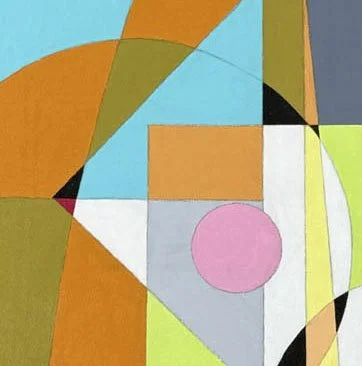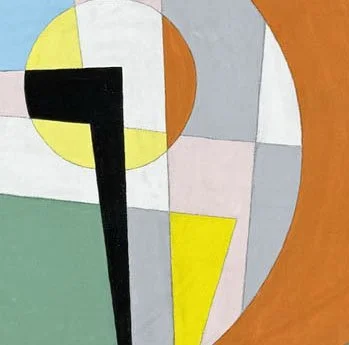Interactions
The interaction of a small number of things can lead to a large number of new things. This idea is central to the concept of emergence—how simple parts or rules can generate complex and unpredictable outcomes. When a small number of things interact, their relationships, combinations, and arrangements can produce far more than the sum of their parts.
Imagine three colors of paint: red, blue, and yellow. Alone, they’re just three distinct elements. But when mixed in different amounts and layers, they can produce a vast spectrum of new colors.. The richness doesn’t come from the colors themselves, but from how they interact
In systems theory, this is known as combinatorial explosion: with each new interaction, the number of possible outcomes grows exponentially. A few simple molecules can combine into countless complex compounds. A handful of musical notes can form an infinity of melodies. In nature, a few genetic rules govern cell behavior, but through interaction, they build entire organisms.
What’s important is not just what the things are, but how they relate—how they influence each other, feed back, align or clash. Out of these dynamic interactions, complexity, novelty, and even meaning can emerge
Interactions Pricing and Availability
Interactions (INT3): 1350.00 USD Interactions (INT4): 1350.00 USD Interactions (INT5): 1350.00 USD Interactions (INT6): 1350.00 USD Interactions (INT7): 1080.00 USD





